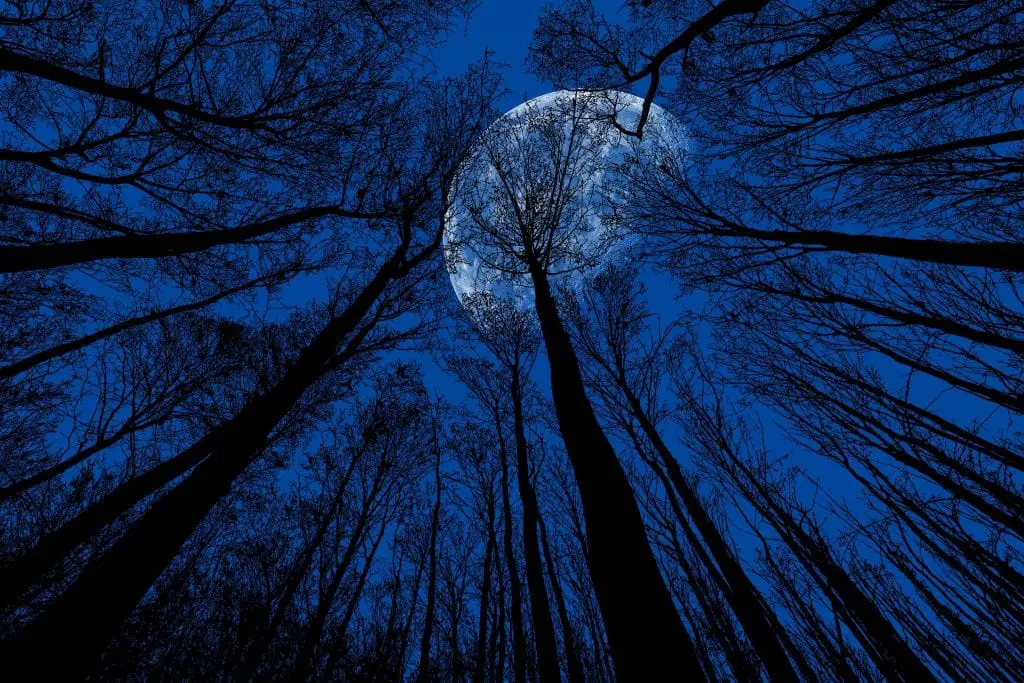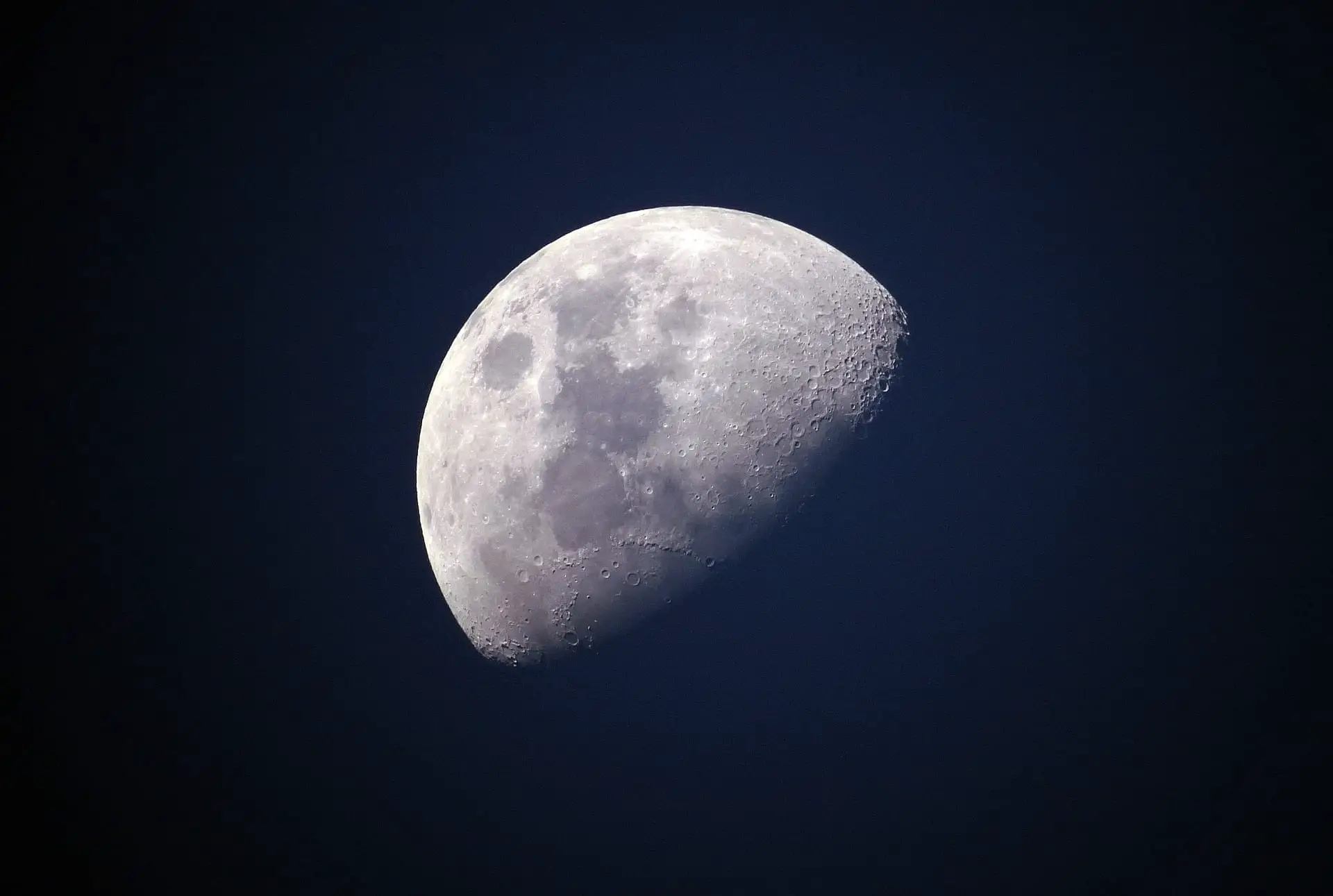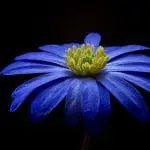Moon is the most interesting celestial body which has managed to grab the attention of many from the astronomer’s community for many years. As the only natural satellite of earth, it orbits our planet and is placed at a distance of 2.40 miles. As many as 24 human visitors and several hundred robotic machines have visited the mystifying moon.
Adding to the mysteries or conspiracy theories of moon visitors, the moon has been examined by the astronomy community for having water deposits. Also called earth’s only satellite, moon waxes, and wanes as per a fixed cycle, owing to earth’s revolution around the Sun, in our solar system.
Moon also appears in different colors. Red, pink, yellow, orange, and blue moons occur each year in different time zones. If we notice, the blue moon is a rare phenomenon and signifies the things that are blue.
Types of moon
Harvest moon, strawberry moon, snow moon – moon appearances are often linked to seasons in many countries, especially in people across Native American regions and several European communities. For them, a new full moon brings celestial gifts for the human community, every month.
Here is a list of month-wise moon names observed in some native regions across the world:
- Wolf moon in January
- Snow moon in February
- Worm moon in March
- Pink moon in April
- Flower moon in May
- Strawberry moon in June
- Harvest moon in Sep-October
Phases of moon
Traditionally, in Chinese and Muslim populated countries, the year is divided into lunar months. Many ancient civilizations believed that the moon was central to changes in day and night on earth. And, thus, the calculation of time was based on eight phases of the moon.
- New moon
- Full moon
- First and last quarters
- Crescent phases
- Gibbous phases
Tales and traditions about the moon
Apart from astronomical discussions, For the dreamy white appearance, references of the moon can be found in children’s stories, romantic flicks, and has been part of the conversation in the astronomer’s community. Amid the hamlet of stars, Moon shines as the brightest celestial body in the night sky. Especially, the full moon is a sight to behold.
The colors of the moon are equally attention-grabbing, in addition to its appearance. Ancient civilizations across the world have been fascinated by the full moon. It has been believed that full moons have special effects on our emotional state. The folklores often speak how moons energy has changed the behaviors of people. Also, the calendars in ancient times were based on the phases of the moon.
What is a Blue moon?
The moon appears in more than one color. Over the earth’s horizon, it entices in blue, pink, red, orange, and yellow hues. Blue moon often appears in the year having 13 full moons. It is not actually the color for which the moon is called a blue moon. Instead, the fact of its rare appearance, a blue moon has earned the title.
Scientifically, the fact behind the colors of the moon is related to the angle from which it is viewed and the impact of the earth’s atmosphere on it. It is seen that the dust particles in the atmosphere can make the moon appear blue. Factors like a volcanic eruption, or severe dust storm can lead to particle formation in the atmosphere, and changing the color appearance of the moon into color blue.
Also, the appearance of the blue moon is calculated, and there are two main types of blue moons. Seasonal blue moon and the monthly blue moon appears in every two to three years. Months with 31 days – January, March, July, August, and October have more chances to present the appearance of a blue moon.
Meanwhile, for some of the tribes belonging to the northern hemisphere, the blue moon is a moon that appears extra in a year. And so, the occurrence of a blue moon has astronomical and traditional roots.
The appearance of the double blue moon
During 2018, two full moons appeared in close proximity of months of January and March. This phenomenon was referred to as the double full moon. Such an appearance of a blue moon will now take place in 2037, as it happens every 3-5 centuries.
Things that are blue

Nature is full of colors and offers a kaleidoscopic view. One of the prominent on our planet, blue is the primary color and denotes stability, reliability, and calm. This color symbolizes wisdom and serenity also. On earth, things that are blue like the ocean, sea, sky, water, sapphire, blue fire, emperor butterfly, blue starling, bluebell flowers, blue eyes, crayfish, blueberry, blue shark, blue-ringed octopus, blue periwinkle flowers appear in blue color. It is no surprise that nature has blue in abundance.
The colors are interesting. Not many may try and understand the meaning and significance of colors. If a certain color attracts or pulls an individual more, then it could be their soul color. Each color signifies some personality traits, qualities, and interests for an individual. And the majority of people will end up picking a color when asked about their favorite one.
Significance and presence of blue
Blue can be seen everywhere around the environment we live in. Also, there are phrases like – Once in a blue moon; feeling blue; Monday blues; into the blue are commonly used in the English language.
Blue as the color is often attached to a higher level of intelligence and spiritual awakening. People who are influenced by blue color as per their birth details go on to become highly successful in life. They possess immense knowledge and are hailed for their wisdom. Virgin marry is also portrayed in blue in several renowned paintings of the world. The most celebrated painting of Vincent Van Gogh “The Starry Night” also depicted blue colored sky in the starlit night. He was said to be under enormous stress when he painted this masterpiece. Apart from Vincent Van Gogh, painters like Claude Monet experimented with hues of blue in their works.
Blue spreads its aura in many places. Wondering why water is predominantly blue in seas and oceans- there are more reasons for the blue color of the water. About 70% of the earth’s surface is filled with sea and oceanic water. The dependence of human life on the water cannot be denied. Seas and oceans reflect blue color owing to the reflection of sunlight on the water’s surface. Water attracts life and the color blue becomes a bearer on planet earth. Additionally, the earth also appears blue owing to vast stores of water that covers the majority of the landmass.
From a scientific perspective, blue is calming for the mind. And therefore, in many healing therapies, exposure to blue color is diligently followed. However, sometimes the color blue also displays fear, panic, and sadness. This negative happens when an individual is experiencing disbalances in life owing to constant struggles.
Blue exuberates brilliance when in sapphire. It shows strength and marvel in the form of ocean and sea. It also signifies depth, loyalty, and responsibility in the human world. People often carry amulets, rings, or jewelry pieces in blue color. This color attracts calm, composure, and peace for those who believe in the hidden power of colors. Blue radiates both positive and negative aspects of a person’s life. To focus on either of the sides remains a prerogative and a matter of introspection.



